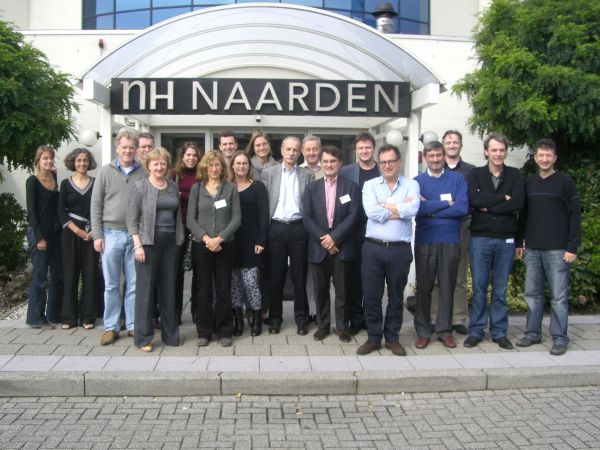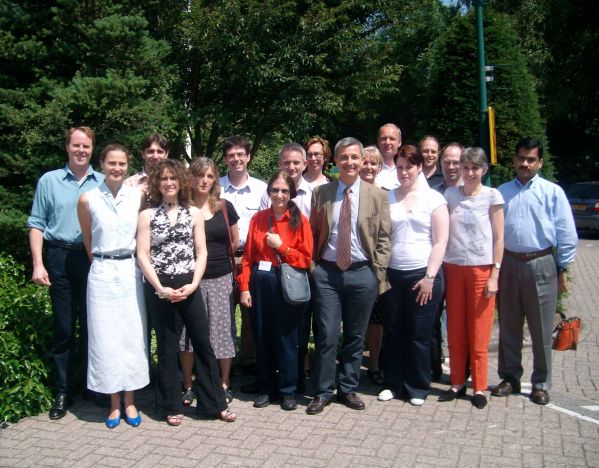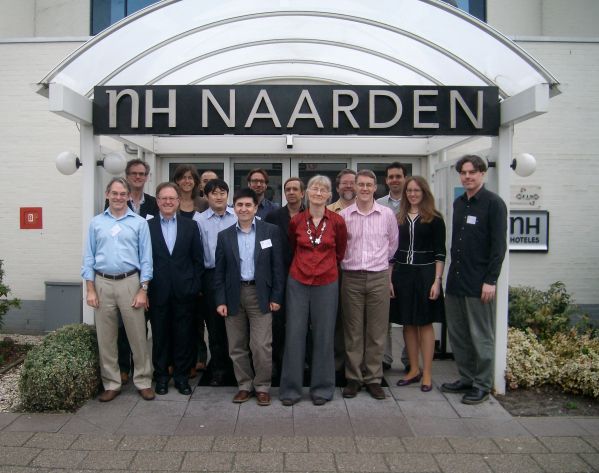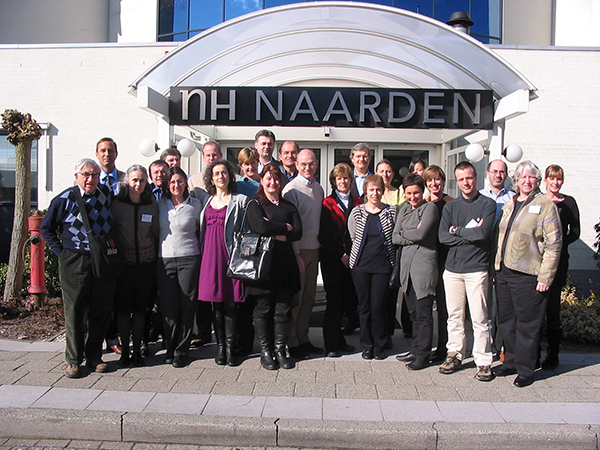Ongoing updating and dissemination of standards of care for DMD
Location: Naarden, The Netherlands
The 181st ENMC workshop titled “Ongoing updating and dissemination of standards of care for DMD” was held in Naarden, the Netherlands, 10-12 December 2010 with representatives from Western and Eastern Europe and USA.
What was the aim of the workshop?
Comprehensive guidelines to improve the multidisciplinary care of individuals with Duchenne muscular dystrophy were published in January 2010 after a three-year consultation process that involved 84 of the world’s leading Duchenne muscular dystrophy experts. To follow on from this important step forward, this workshop aimed to find the best ways to disseminate, implement and update the care standards. The workshop discussed the bottlenecks for delivery of the care recommendations, and the best way to overcome them.
What was achieved?
The ENMC workshop began with an initial overview of the status of the current Duchenne muscular dystrophy guidelines in terms of dissemination, translations and planning for further development. This was followed by a session on the roles of various European organizations in this process:
- CARE-NMD – an EU project to implement best-practice standards of care for Duchenne muscular dystrophy across Europe
- TREAT-NMD training courses, education activities and clinical trials coordination centre
- MD-Starnet, and related US activities
- French DMD network to help disseminate care standards.
Interesting discussions arose also from the presentations on what we can learn from a care perspective from natural history (CINRG, North Star, UPD) and therapeutical studies (Ataluren, cardioprotection, and others), and how tools such as patient registries and The TREAT-NMD Care and Trial Sites Registry can be further developed to act as a resource. In particular, the potential use of “Quality of care indicators”, assessing key outcome indicators was presented and discussed as a means to make use of the TREAT-NMD clinical trials coordination centre for assessing care implementation. Similarly, criteria for DMD reference centers was discussed, based on EU expectations of an expert centre for rare diseases.
Final sessions at the workshop dealt with care areas lacking or in need of updating, and how to promote excellence of care and high quality research. It was concluded that a major involvement of the patient representatives are crucial for the updating process, and that certain key areas need to be included here, including transition to adulthood, endocrine issues, and oral care. It was also suggested that efforts be made to integrate work on outcome measures to be used for clinical trials with care assessments used in regular clinical settings. A web based program was presented allowing for this and to aid in the process of updating standards of care.
This workshop was organized by Prof. K. Bushby, Prof. T. Sejersen, Drs. E. Vroom and Dr. J.B. Kirschner and held in Naarden in December 2010.
The report for this workshop is not (yet) available. For further information, please contact one of the workshop organizers or the ENMC office.










